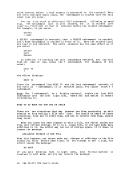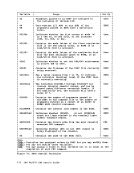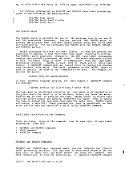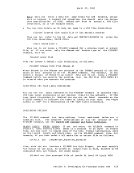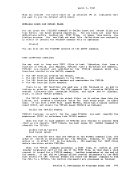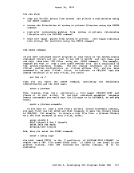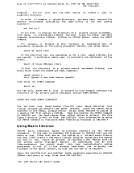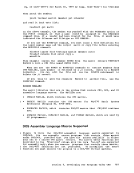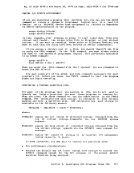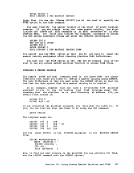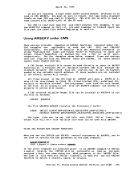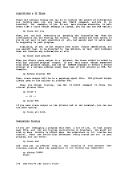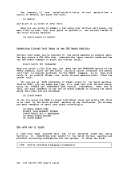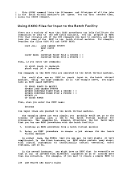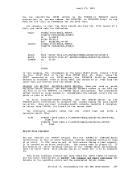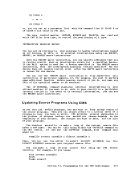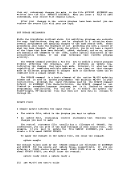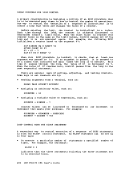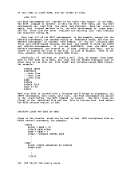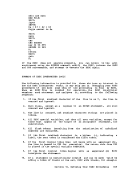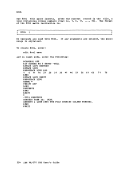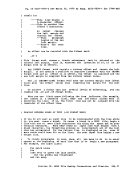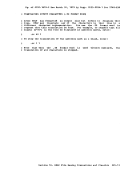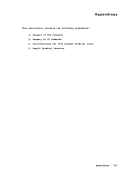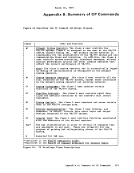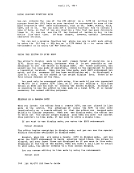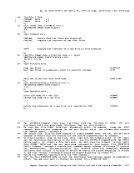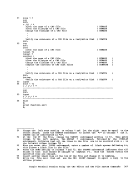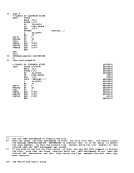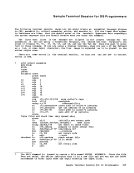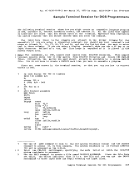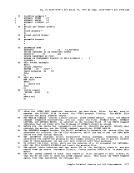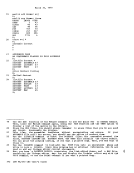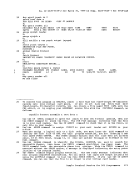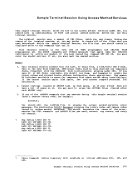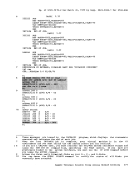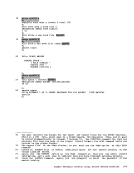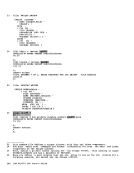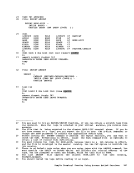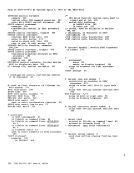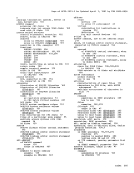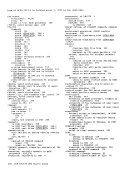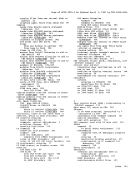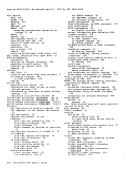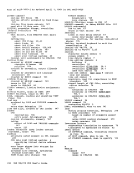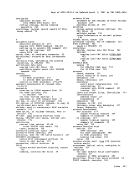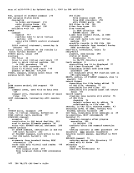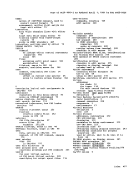where "right" indicates that the sequence numbers are on the right, in
columns76-80, and "left" indicates you want sequence numbers on the
left in columns 1-5.LINEMODE LEFT is the default for BASIC, VSBASIC, and FREEFORT files. You do not have to specify it. You must specify LINEMODE for files with other filetypes.
If you specifyLINEMODE RIGHT to use line-number editing on a
typewriter terminal, the line numbers are displayed on the left, as a
convenience, while you edit the file.When you are using line-number editing in input mode, you are
prompted to enter lines; the line numbers are in increments of10. For
example, when you are creating anew file, you are prompted for the
first line number as follows:10 On a typewriter terminal, you enter your input line following the 10. When you press the carriage return, you are prompted again: 20 and you continue entering lines in this manner until you enter a null
line.
You can change the prompting increment to a larger or smaller number
with thePROMPT subcommand:
prompt100 When you are in edit mode you can locate a line by giving its line
number:700 This is the nnnnn subcommand. In line-number editing, you use it instead
of theINPUT subcommand to insert a single line of text. For example: 905 x = a * b
inserts the text line"X = A * B" in the proper sequence in the file.
If you use "nnnnn text" specifying the number of a line that already
exists, that line is replaced; the current line pointer is moved to
point to it.
The EDIT subcommands that you normally use for context editing, such
as CHANGE, ALTER, LOCATE,UP, DOWN, and so forth, can also be used when
you are line-number editing; their operation does not change.RENUMBERING LINES When you are using line-number editing, the editor uses the prompting
increment set by thePROMPT subcommand. However, when you begin adding
lines of data between existing lines, the editor uses an algorithm to
select a line number between the current line number and the next line
number. If a prompting number cannot be generated because the current
line number and the next line number differ only by one, the editor
displays the message:RENUMBER LINES and you must resequence the line numbers in the file before you can
continue line-number editing.
82 IBMVM/370 eMS User's Guide
columns
left in columns 1-5.
If you specify
typewriter terminal, the line numbers are displayed on the left, as a
convenience, while you edit the file.
prompted to enter lines; the line numbers are in increments of
example, when you are creating a
first line number as follows:
line.
You can change the prompting increment to a larger or smaller number
with the
prompt
number:
of the
inserts the text line
If you use "nnnnn text" specifying the number of a line that already
exists, that line is replaced; the current line pointer is moved to
point to it.
The EDIT subcommands that you normally use for context editing, such
as CHANGE, ALTER, LOCATE,
you are line-number editing; their operation does not change.
increment set by the
lines of data between existing lines, the editor uses an algorithm to
select a line number between the current line number and the next line
number. If a prompting number cannot be generated because the current
line number and the next line number differ only by one, the editor
displays the message:
continue line-number editing.
82 IBM

























































































































